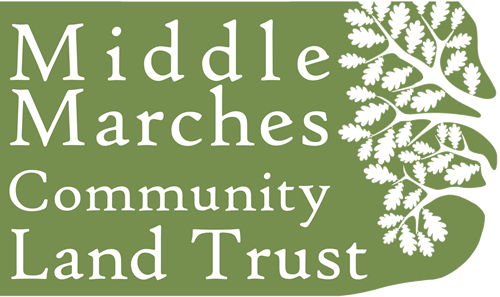Elm
By Rob Rowe (April 2020)
This time of year is Spring greens time and trees are among my favourite food particularly the young buds and leaves of beech and lime. However the very best to my taste buds is elm. The seeds not the leaves.
Many people are really surprised when you mention the elm. ‘But I thought they had all died?’
Elm trees are alive and living in their thousands in hedges and woods as small trees and shrubs. When they get older they usually succumb to Dutch Elm disease and then grow up again from the base. A form of natural coppicing.
Occasionally you may find a large tree and the Woodland Trust encourages the recording of these ‘huggable’ specimens. If you cannot get your arms around it, possibly that tree is old enough to be immune to the disease. There are still a few really big elms hidden away too.
Their bright yellow flowers and seeds stand out from a distance and are often in such profusion that you can eat them by the fistful, or if you prefer pick them daintily one by one.
Few wild foods grow in quite such profusion and they have a slight nuttiness and a sweetness unusual in the wild.
Here in Shropshire the elms seen producing fruit are mainly Wych elm with considerably fewer English elm and one or two rarities.
Long live the elm! Maybe in decades or centuries to come it will achieve immunity and rise up from our hedges to form those magnificent trees that Constable portrayed so well.
